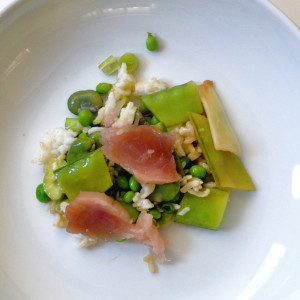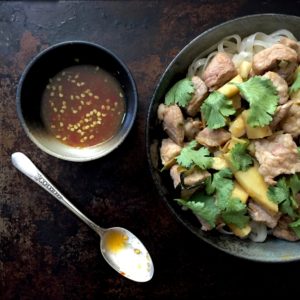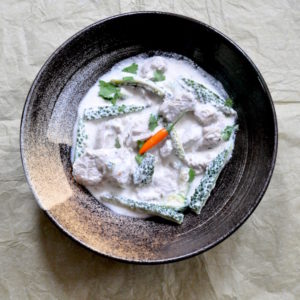Jook

“You need to go to the ER,” John said.
Last Thursday night my temperature soared from its normal 97 degrees to 100.7. “Let’s stay here.” I said through chattering teeth.
John doesn’t drive anymore. Going to the ER would mean driving myself, an unthinkable effort. Swallowing aspirin, I wrapped myself in one of John’s fleece shirts, burrowed under the covers and waited.
—
When I wrote “the heat and I don’t get along”, I was understating matters. The truth is I have Dysautonomia, a multisyllabic term meaning certain central nervous system functions don’t regulate as they should. One is heat tolerance. Despite running at 97 degrees, anything about 72 degrees literally sickens me.
—
In early September, temperatures in Northern California shot into the 90’s and parked there for a week. My gut, as it will in extreme heat, went haywire.
Digestive woes, another commonality of EDS, were in fact the issue leading to my diagnosis. John and I were in graduate school when my GI troubles, a lifelong nuisance, spun wildly out of control. The next four years were marked by doctor visits, medical procedures, countless medications (including one yanked off the market after it killed a couple people), steroids, elimination diets, and serious consideration of a colectomy.
Gradually the worst symptoms were controlled through a combination of lifestyle changes, diet, and medications. When the occasional flare struck I ate chicken broth and rice, spooned down yogurt, and popped probiotics. Within a few days I could return to solid food.

But by the time John was urging the ER on me, I’d been sick for two weeks. Even as I blogged about burgers and Japanese Rice, I’d barely been able to swallow more than a little broth. I was exhausted. My joints howled with pain.
Every chronically ill individual has a certain baseline malaise. One learns to ignore it, or at least live with it. You’d go mad otherwise.
Dip below that baseline, though, and you’ve dropped through a trapdoor into a very private hell. Illness is deeply personal, its experience difficult to convey. And no matter how ably one communicates, there’s the question of listeners. Americans dislike discussions of illness or admissions of bodily frailty. They recoil from failures of the body’s baser processes.
Nor am I naturally inclined toward discussing my health, or the failure thereof. It would be far easier to write facile, witty posts about squash and pumpkin lattes and the fall equinox. But you can read those things anywhere. And nattering on blithely about burgers whilst too sick to eat one is dishonest in the extreme.
—
The next morning my temperature dropped. The illness departed as mysteriously as it arrived. Eventually I was able to eat normally, though the heat continues.
Jook or Rice Porridge
one serving
Jook, or Congee, appears across East Asian cuisine. It is fed to infants, invalids, and eaten both for breakfast and as a late-night snack.
This is really more of a blueprint than a formal recipe. Jook is hard to ruin; the only thing to avoid is overcooking the rice to mush. In this most abstemious form, it can nourish even the very ill. Fresh ginger is excellent for nausea.

One cup chicken broth
scant 1/4 cup white rice
a little fresh ginger, minced (optional)
Put broth and rice in a small pot over medium-low heat and cook, uncovered, for about one hour. You want the rice grains to burst, but not get so thick they soak up all the broth.
Optional ingredients include minced garlic, thinly sliced scallion, soy sauce, Sambal Oelek or hot chile oil, and shredded cooked chicken. Recipe amounts can easily be doubled or tripled; I often make large batches and refrigerate them to eat later.





